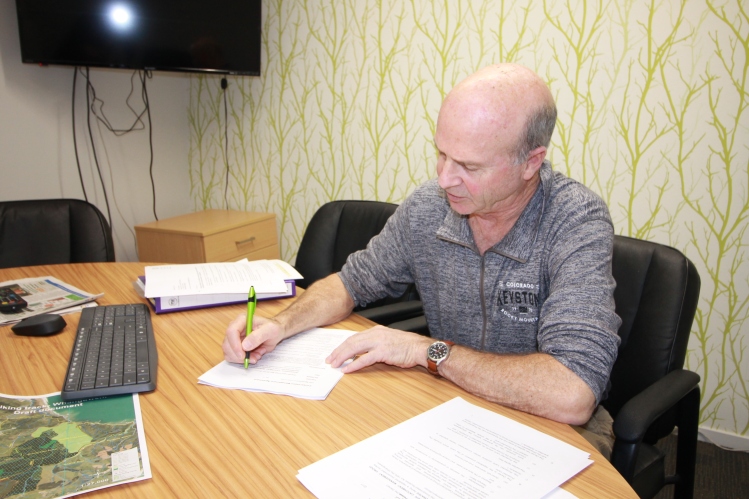In July 2018, Taharoa Trust was granted support from the Wai Maori Trust to enhance the margins of the wetlands fenced off in the early 2000. A total of 40 ha of rare ecosystems have been retired and are self reverting into native habitats. Some of these wetlands had issues with weeds (blackberry, gorse and pampas) and the goal of this project was to control them and establish back native plants over time. The spraying was delayed due to a wet spring which allowed us to establish 400 flaxes in a clean corner. We are now on track (see on the photos). This year’s focus is on Sue’s wetland located at the back of Sue’s garden. Through the WCM work, we are trying to reconnect these wetlands with the surrounding bush blocks and ultimately with the main Whangawehi stream. These habitats play a key role in filtering the water that flows from the farmland into the Whangawehi stream and at sea. They are also a nursery for a range of native species including fish, birds, insects etc. We want to establish a water cress patch on several farms to reconnect the people with traditional practises.
We will keep you posted on the progress made. We wish you all a Merry Christmas and happy new year. Kia hari kirihimete me te tau hou koa.

























